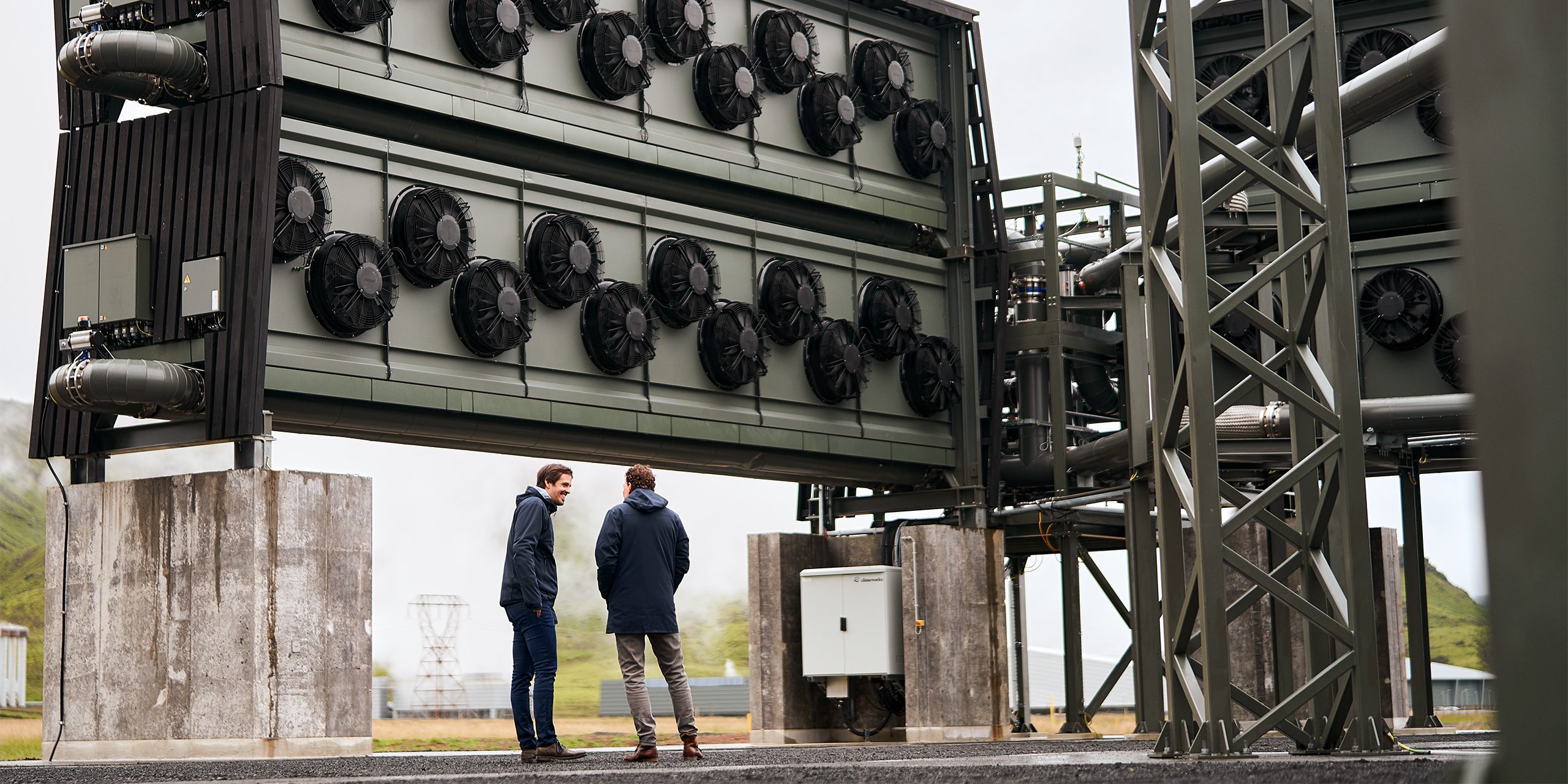As the world shifts toward a carbon-free future, carbon air capture stands as one of the most promising solutions for removing high levels of carbon in the atmosphere. Many global corporations have set carbon-neutral operating goals and are looking for the most efficient and effective ways to meet them. Due to the extreme levels of carbon already in the atmosphere, carbon air capture is essential to propel the movement forward. New technologies such as mechanical trees and green hydrogen are leading the charge. With the support of the U.S. Department of Energy’s goal to scale up the technology, researchers are hard at work perfecting these methods.
“It takes nature thousands of years to remove carbon, and we’re on a trajectory toward much higher CO2 concentrations, well beyond anything humans have experienced,” explained Arizona State University professor and mechanical tree designer Klaus Lackner. “Humanity can’t afford to have increasing amounts of excess carbon floating around in the environment, so we have to get it back out. Not all emissions are from large sources, like power plants or factories, where we can capture carbon as it comes out. So we need to deal with the other half of the emissions – from cars, planes…and that means pulling [it] out of the air.”

One of the best ways to capture this carbon is using mechanical trees, five-foot tall columns of chemically-treated discs that absorb carbon.” The discs rotate below ground, where a water and steam process releases the carbon into a sealed environment, which can then be placed in long-term storage. This process is currently being perfected using various amounts of steam and water, elements that vary depending on where the trees might be placed on Earth. The underground sequestration is the easiest part of the process, as many rocks are a base, meaning that it naturally attracts the acid in carbon.
Lackner also points to green hydrogen as a promising way to capture carbon. The green hydrogen method is proving to be the most sustainable, both in terms of low environmental impact and inexpensive cost.
“Carbon can be reused, captured, and reused again to avoid producing more,” he continued. “You can convert carbon to synthetic fuels—gasoline, diesel, or kerosene—that have no new carbon in them by mixing the captured carbon with green hydrogen created with renewable energy.”
Green hydrogen essentially eliminates emissions if the water used in the process is from a renewable source such as wind, solar, or hydropower.

Right now, companies such as Climeworks are doing carbon air capture commercially, but at a cost as much as $1,000 per ton. This cost remains high, but research indicates it could drop staggeringly in the coming years as technologies such as mechanical trees and green hydrogen improve.

The Department of Energy supports growth in these new carbon air capture technologies with recent grants of more than $12 million to six projects nationwide. Each project is designed to increase the amount of carbon captured, decrease the cost of the materials used and improve the energy efficiency of the entire process. As these technologies continue to develop, it’s clear that the potential for passive, low-cost, and scalable solutions to remove carbon from the air is not that far away. Once these technologies are widely available, they will be a vital part of significant, efficient, and effective carbon reductions across the globe.





